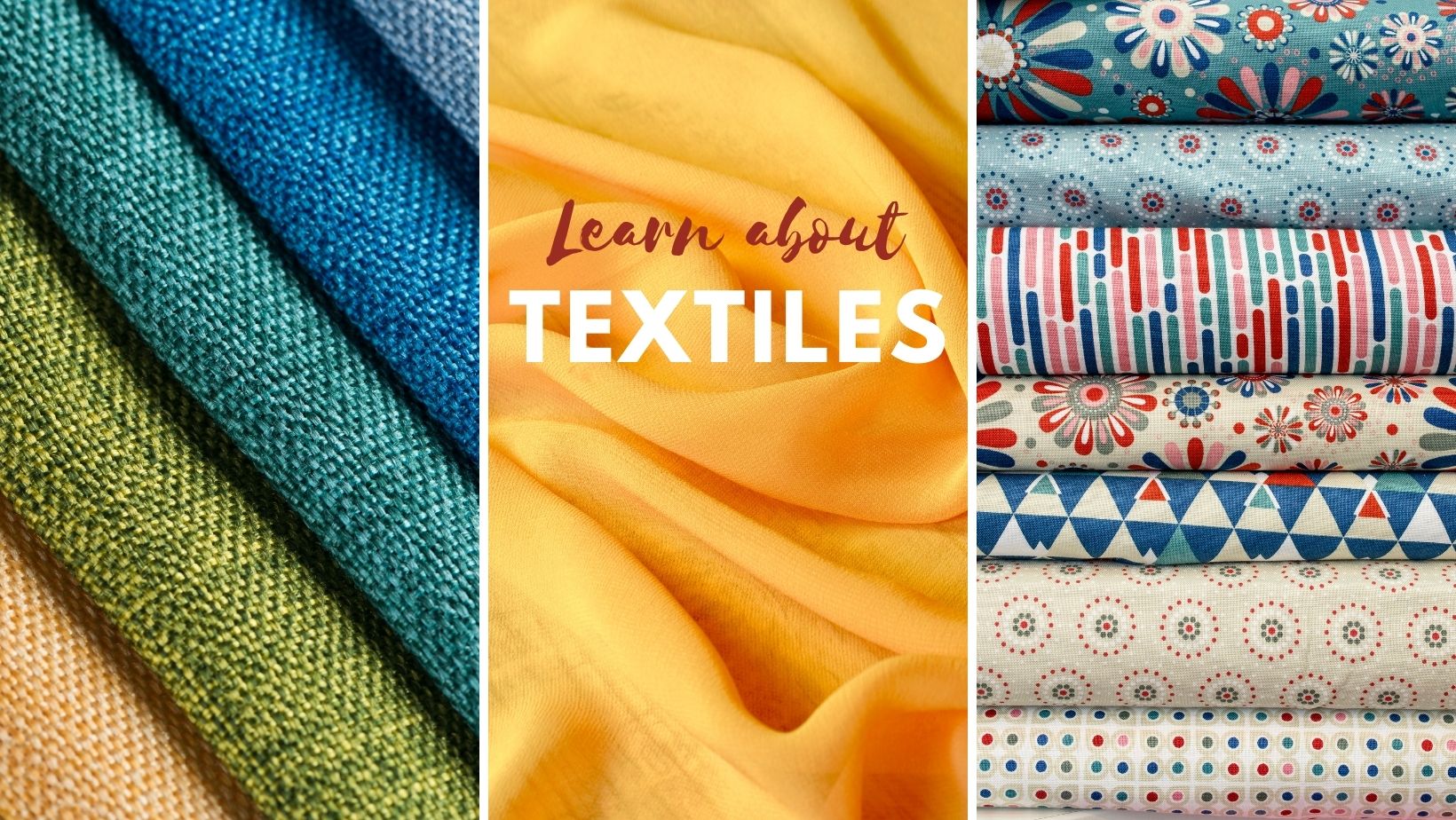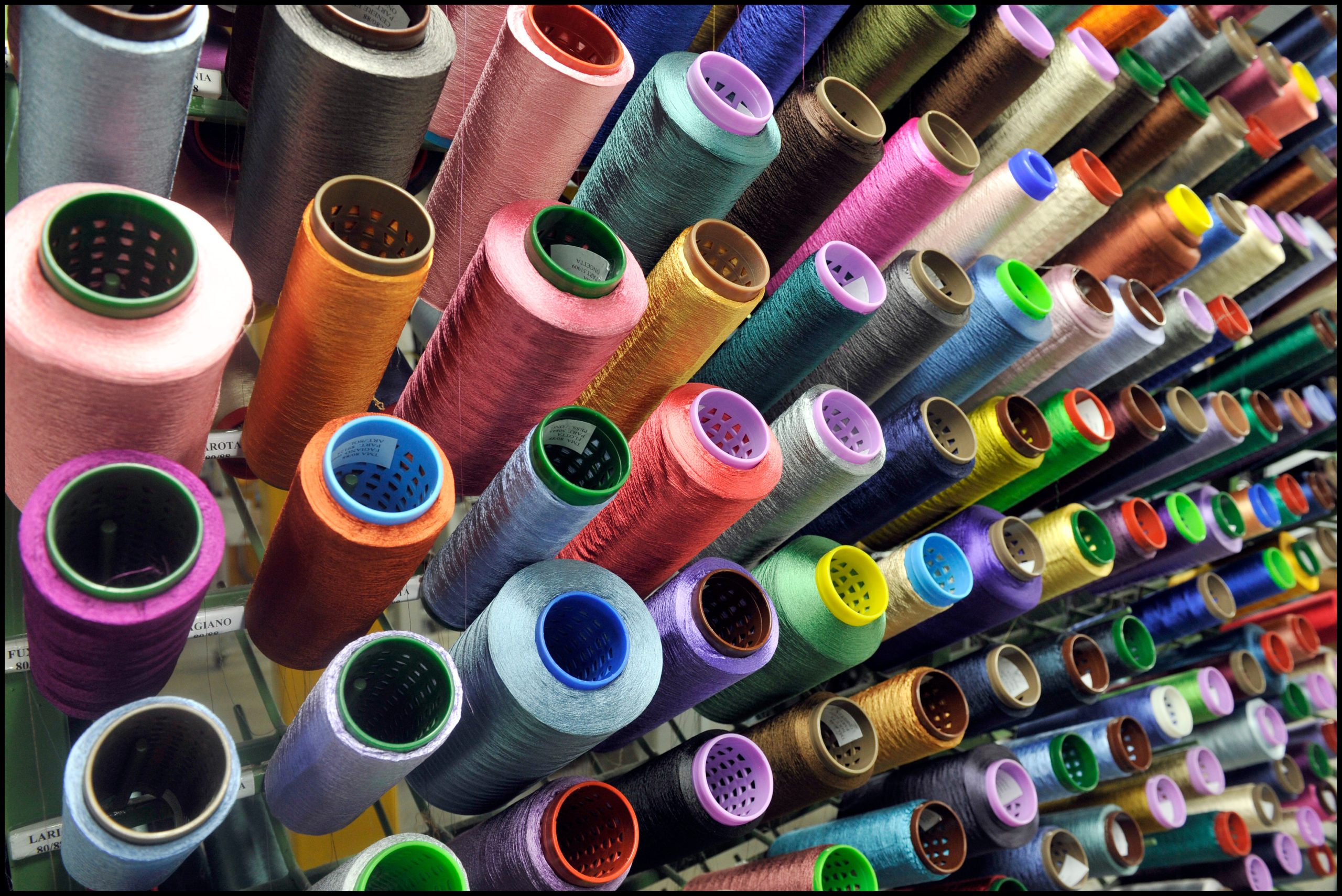Fast fashion is a term used to describe the rapid rate at which tomfowle.com designs move from catwalks to stores, making high fashion style available and affordable for everyone. The industry’s aluminiosa.com growth has been fueled thetutus.com by consumers’ insatiable appetite for new trends; however, this demand has led to an increased use of synthetic textiles in fast fashion production.
Synthetic textiles are man-made fabrics derived from chemical processes, such as polyester, nylon, and acrylic. Their popularity in fast fashion can be attributed primarily to their cost-effectiveness and versatility. zenspencerharris.com Synthetic fibers are cheaper than natural ones like cotton or silk, making them more suitable for producing affordable clothing items.
Moreover, synthetic textiles offer certain properties that make them attractive for fast-fashion producers. They are durable, alekhyak.com easy to care for and resistant to wrinkles and shrinking – characteristics that ensure garments maintain their shape and appearance over time despite frequent wear.
Another significant advantage of synthetic fabrics is their ability to mimic the qualities of natural fibers while enhancing performance characteristics. For instance, polyester can imitate the feel of cotton but with added durability and wrinkle resistance. This ability allows manufacturers to create garments with desirable attributes at a fraction of the cost.
The speed at which these materials can be produced also plays a crucial role in their prevalence within the fast-fashion industry. Synthetic textiles have shorter production cycles compared with natural fibers because they don’t rely on agricultural growth periods. This means manufacturers cupsandjoe.com can quickly respond to changing fashion trends without waiting for crop harvests.
However, there’s a downside too: environmental impact resulting from the use of synthetic jbafoodsgroup.com materials is quite significant because they’re non-biodegradable and require large amounts of energy during manufacturing process contributing significantly towards pollution levels.
Moreover, microplastics shed from these fabrics during washing end up polluting our oceans – posing threats not only on marine life but also entering human food chain indirectly causing potential health hazards.
While it’s clear why fast-fashion brands favor synthetic textiles due to their cost-effectiveness, durability, and speed of linkeddir.com production, it’s also evident that the environmental consequences are alarming. As consumers, we can play a role in mitigating these impacts by buying less but better quality clothing made from sustainable materials and ensuring proper care for synthetic garments to reduce microplastic shedding.
In conclusion, while synthetic textiles offer many advantages for fast fashion in terms of affordability and versatility, it is essential to balance these benefits with their environmental implications. It is high time that both manufacturers and consumers take responsibility for reducing the negative impacts associated with fast fashion.




